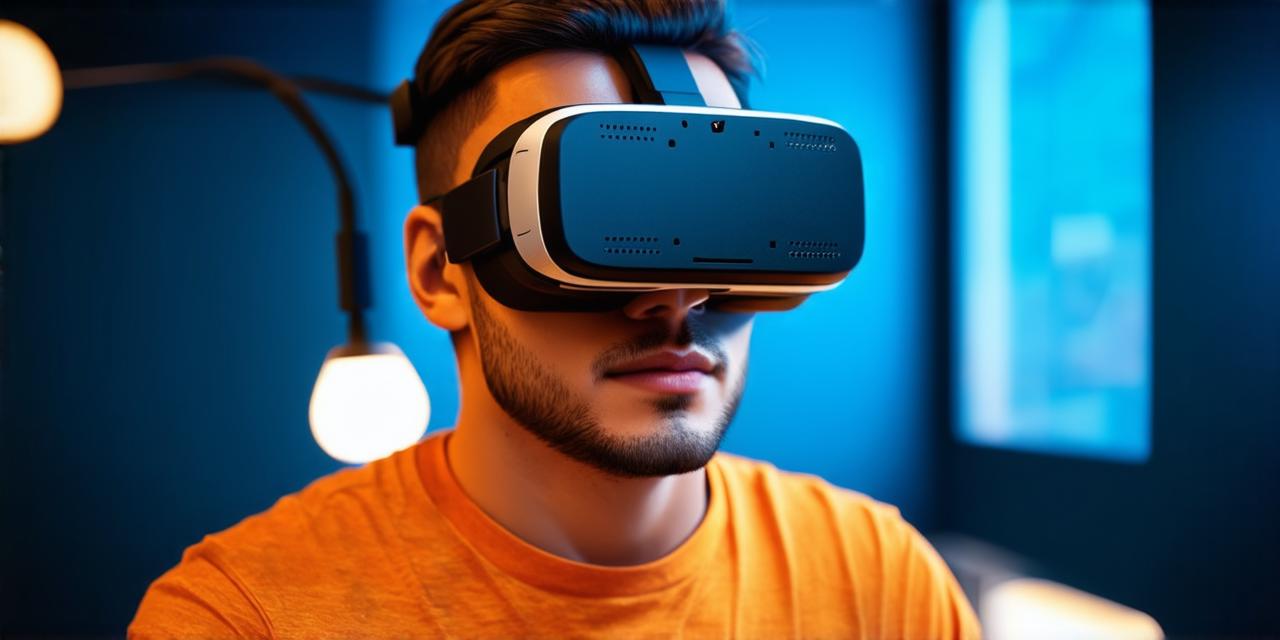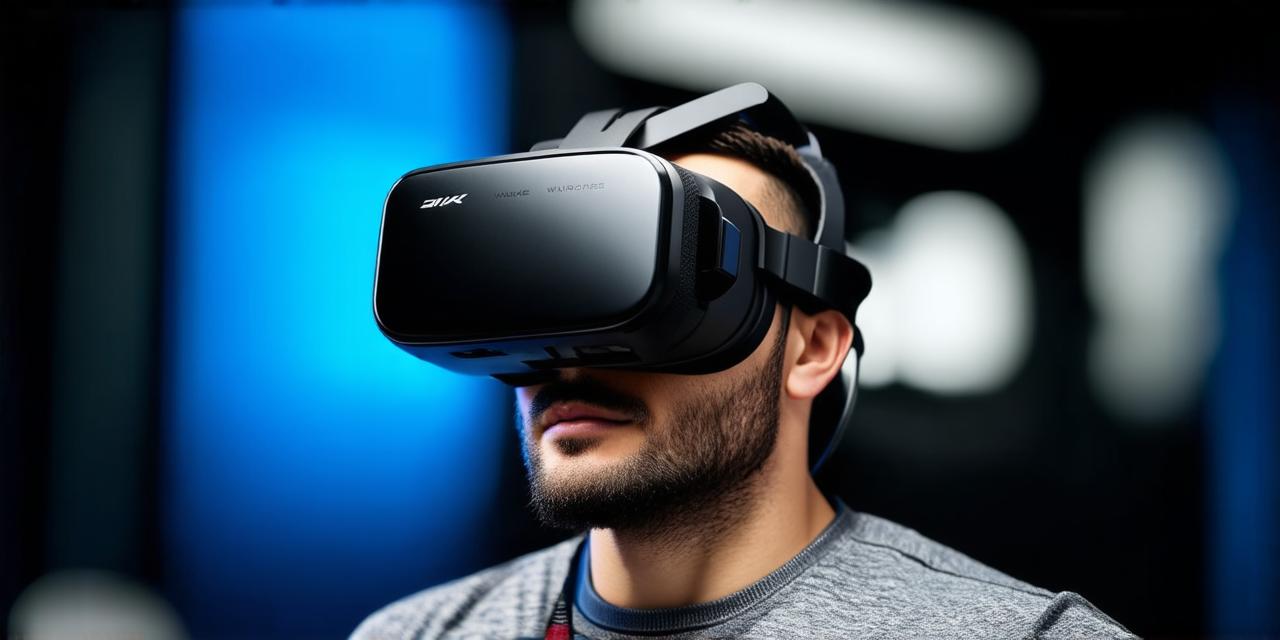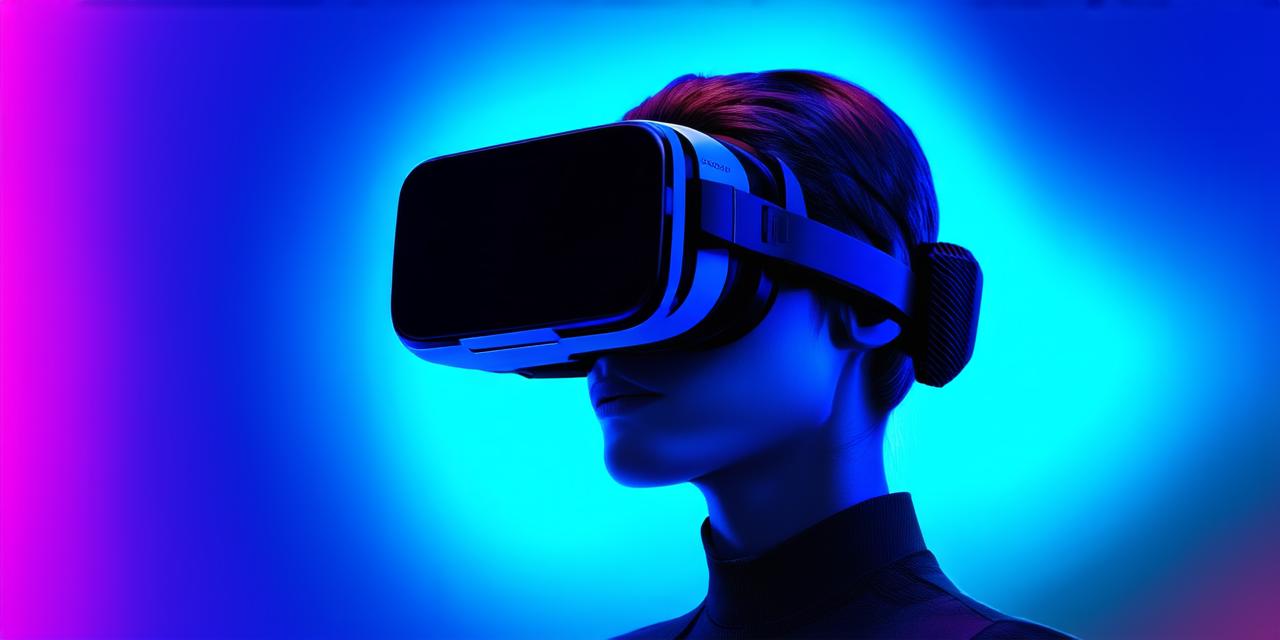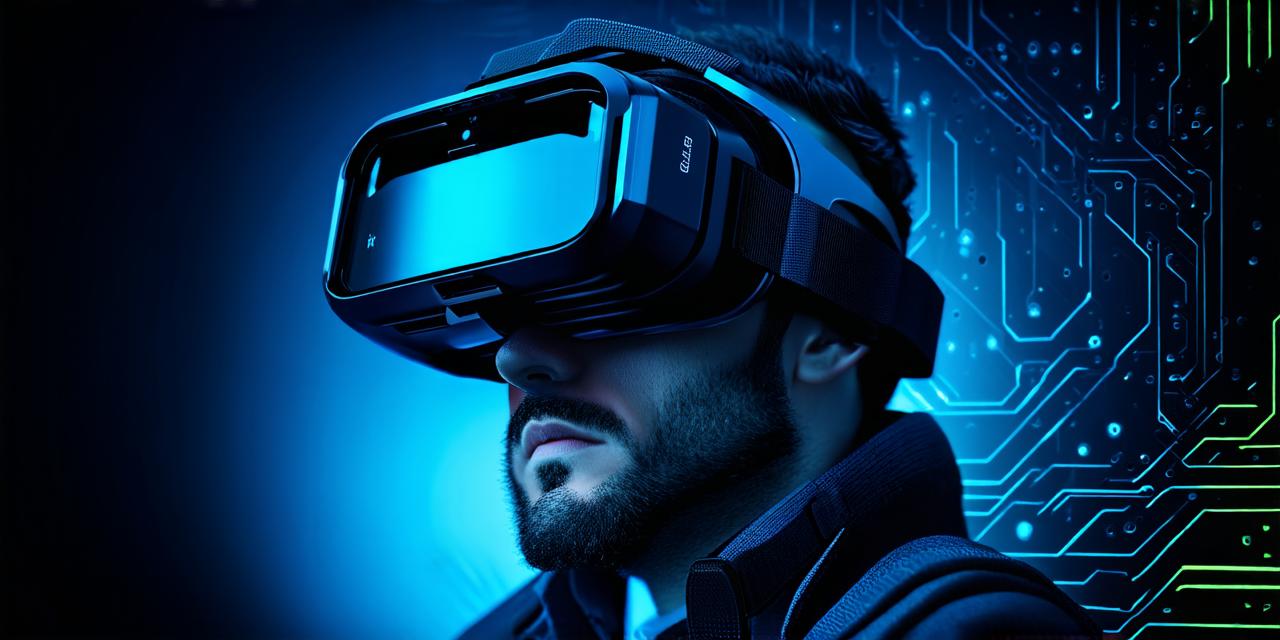What is Non-Immersive Virtual Reality?
Non-immersive VR refers to virtual environments that do not fully immerse the user in a simulated reality. Instead, users can see and interact with the virtual environment while still remaining in the physical world.
This is different from traditional VR systems where users are fully immersed in a virtual world and cannot see or interact with anything outside of it.
Non-immersive VR typically involves the use of augmented reality (AR) technology, which overlays digital information onto the real world. For example, a user might see a virtual object in their physical environment, but they can still interact with it using hand gestures or voice commands.
Why is Non-Immersive Virtual Reality Important for AR Developers?
There are several reasons why non-immersive VR is important for AR developers:

- Ease of use: Non-immersive VR systems are generally easier to use than traditional VR systems, as they do not require users to wear cumbersome headsets or controllers.
- Cost effectiveness: Non-immersive VR systems can be less expensive to develop and maintain than traditional VR systems, making them an attractive option for smaller businesses or startups.
- Realistic interactions: Non-immersive VR allows for more realistic interactions between users and virtual objects, as they can see and interact with the environment in a more natural way.
- Flexibility: Non-immersive VR systems can be used in a variety of settings, from retail stores to museums and beyond. This makes them a versatile tool for AR developers looking to create innovative experiences for their customers.
Case Studies: Real-Life Examples of Non-Immersive Virtual Reality in Action
There are many examples of non-immersive VR being used in real-life settings to enhance customer experiences and engage users. Here are a few examples:
- IKEA’s AR App: The IKEA Place app uses AR technology to let users see how furniture would look in their home before they buy it. Users can interact with the virtual objects using hand gestures, making the experience more engaging and intuitive than traditional e-commerce sites.
- Sephora’s Virtual Artist: The Virtual Artist tool at Sephora uses AR technology to allow customers to try on makeup virtually. Customers can see how different shades and products would look on their skin before they make a purchase, making the experience more personalized and engaging.
- Coca-Cola’s AR Campaign: In 2017, Coca-Cola launched an AR campaign that allowed users to scan Coke bottles using their smartphones. The app then overlaid digital content onto the real world, creating a fun and interactive experience for users.
FAQs
Q: What is the difference between immersive and non-immersive VR?
A: Immersive VR fully immerses the user in a virtual environment, while non-immersive VR overlays digital information onto the real world.




